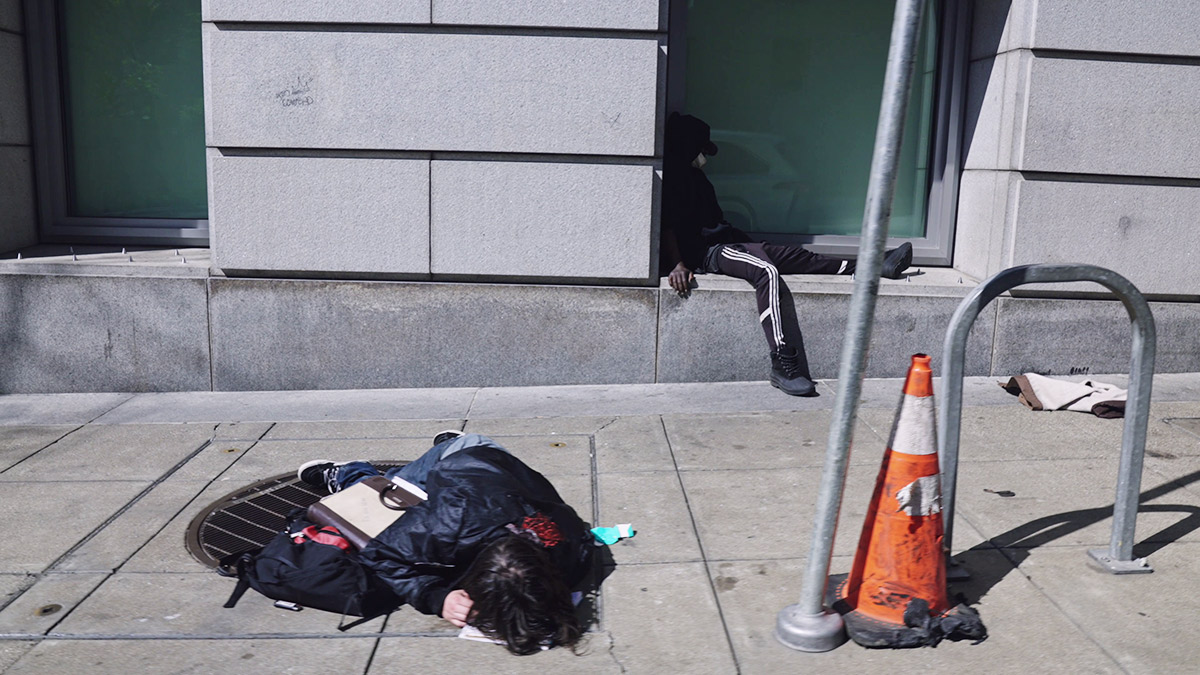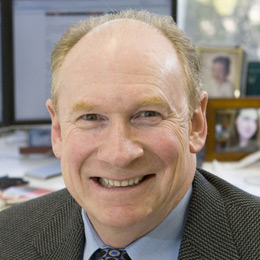Fentanyl is so toxic that 1/8 of a teaspoon—the equivalent of about a pinch of salt—is enough to kill 100 adult males. Fentanyl’s toxicity is like that of inhaled anthrax, one of the most dangerous bioweapons. Fentanyl abuse has become a public health crisis within the state, but thus far state and local policy makers have been way behind the curve in dealing with this, with many afraid to be perceived as siding with law enforcement or supporting incarceration of those involved in drug trafficking.
Since 2013, fentanyl deaths in California have increased from fewer than 100 to 5,961 in 2021, which is the latest data available. These 5,961 deaths in 2021 included over 200 people between the ages of fifteen and nineteen. Fentanyl is a prescription opioid, though nearly all the fentanyl used now is manufactured and sold illegally.
Fentanyl’s potency and low manufacturing costs make it much more profitable to produce and sell than heroin. Some deaths are from overdoses in which users believed they were injecting heroin, but the heroin was cut with lower-cost fentanyl. Just one extra milligram of the drug can be the difference between life and death.
California policy makers have watched from the sidelines as more Californians die and as more neighborhoods become overwhelmed by open-air drug abuse, homelessness, drug gangs, and crime, all problems which reflect policy choices that tolerate and facilitate drug abuse.
San Francisco drug policies have been based on the principle of harm reduction. These policies are intended to decrease the negative perceptions of drug use, with an understanding that those unable or unwilling to stop using have rights and should not be negatively judged or discriminated against. But the sharp rise in fentanyl abuse and its effects on San Francisco provide a much less sanguine view of harm reduction principles than its proponents hold.
Fentanyl has led to 2,000 deaths in San Francisco since 2020, nearly twice as many deaths as from COVID-19 in the same period, and an enormous increase since 2017, when just 37 fentanyl deaths were reported in the city. San Francisco has become one of the most dangerous cities in the country in terms of overall crime, and the city is now facing a massive budget deficit as it has lost over 60,000 residents, hundreds of businesses, and $7 billion in household income. Drug users outnumber high school students within the city by 50 percent.
In what may be a small change in drug policy, the California Highway Patrol will begin to deploy officers in San Francisco’s most affected neighborhood this week. At a press conference, Gov. Gavin Newsom was careful to stay on the correct side of political progressives and explain that this would not be aimed at users: “This is not about criminalizing people struggling with substance use—this is about taking down the prominent poison peddlers and their connected crime rings that prey on the most vulnerable and harm our residents and our reputation.”
But even if more arrests are made in San Francisco, it may not make any real difference. In two recent court cases involving Honduran fentanyl sellers, both sellers claimed that they were the victims of human trafficking and were being forced to sell the drugs to repay those who trafficked them into the country. Their defense attorneys made use of a 2016 California law that allows a defense based on a crime being committed by a victim of human trafficking.
Prosecutors argued that the drug dealing was voluntary, a way to profit from the lucrative fentanyl trade. Neither defendant provided any evidence that they were being forced to sell drugs, indicating they no longer had their cell phones to provide evidence of phone calls to those to whom they claimed they owed money for bringing them to the United States. All the jury had to go on was the word of the drug sellers.
To undercut the claim that drug selling was forced, prosecutors provided evidence from a San Francisco Police Department narcotics officer who testified she knew of street dealers from Honduras who were drawn to San Francisco because of the enormous profits to be made from selling fentanyl and who were building large homes in Honduras with the money they made. She testified that evidence collected through surveillance, wiretaps, and undercover drug buys did not support claims of trafficking and noted she had never heard of any street dealer being threatened with violence if they did not sell.
Both trials ended in hung juries, and San Francisco’s district attorney has chosen not to refile charges in either case. This amounts to a “get out of jail free card” for foreign drug dealers and will incentivize even more drug selling by those who claim to be coerced. It is tempting to blame the juries in these cases, but it is clear the law is being abused and needs to be changed. However, there is virtually no chance of this, given current political sentiments in the state Legislature.
These sentiments were evident last week when state Assembly Republicans, frustrated with the Democratic leadership’s unwillingness to hear new legislative proposals for dealing with fentanyl in the Assembly Public Safety Committee, threatened a floor vote on the bills. A floor vote would have been embarrassing for the Democratic leadership because several of the bills had bipartisan support and would have led to Democrats either voting against their own bills or going against the party’s leadership.
Committee chair Reggie Jones-Sawyer had delayed hearings on the bills, indicating that he viewed some bills as not providing real solutions. But with skyrocketing fentanyl deaths and bipartisan support for new legislation, how is it reasonable for one person to decide which bills are solutions?
With Republicans forcing the hand of Jones-Sawyer, a special hearing was convened last week, and it became clear that the issue within the committee, comprised mostly of progressives, is that of imprisoning drug dealers other than those at the top of the drug-dealing food chain.
The committee passed four bills that would create a new statewide fentanyl task force, increase penalties on very high-level fentanyl dealers, prohibit dealers from carrying guns, and require the state's threat assessment center to focus on fentanyl trafficking.
However, the committee rejected legislation to increase prison sentences for low-level dealers and a bill that would have increased prison sentences for fentanyl dealers whose drugs do significant personal harm. The committee members have long rejected proposals that they view as being like previous drug laws that they feel did not work.
"I can’t support any measures today that feel like aimless patchwork solutions rooted in failed strategies of the past," said Assemblyman Isaac Bryan, D-Los Angeles.
Bryan’s assembly district includes neighborhoods that are predominantly Black. And Black Americans are suffering from much higher overdose death rates from fentanyl, including an 86 percent increase among those between fifteen and twenty-four years of age. Bryan’s choice may indirectly cost more Black lives. But these are the dominant politics within the state Legislature now and this is why fentanyl will continue to rob us of many more Californians in the years to come.








